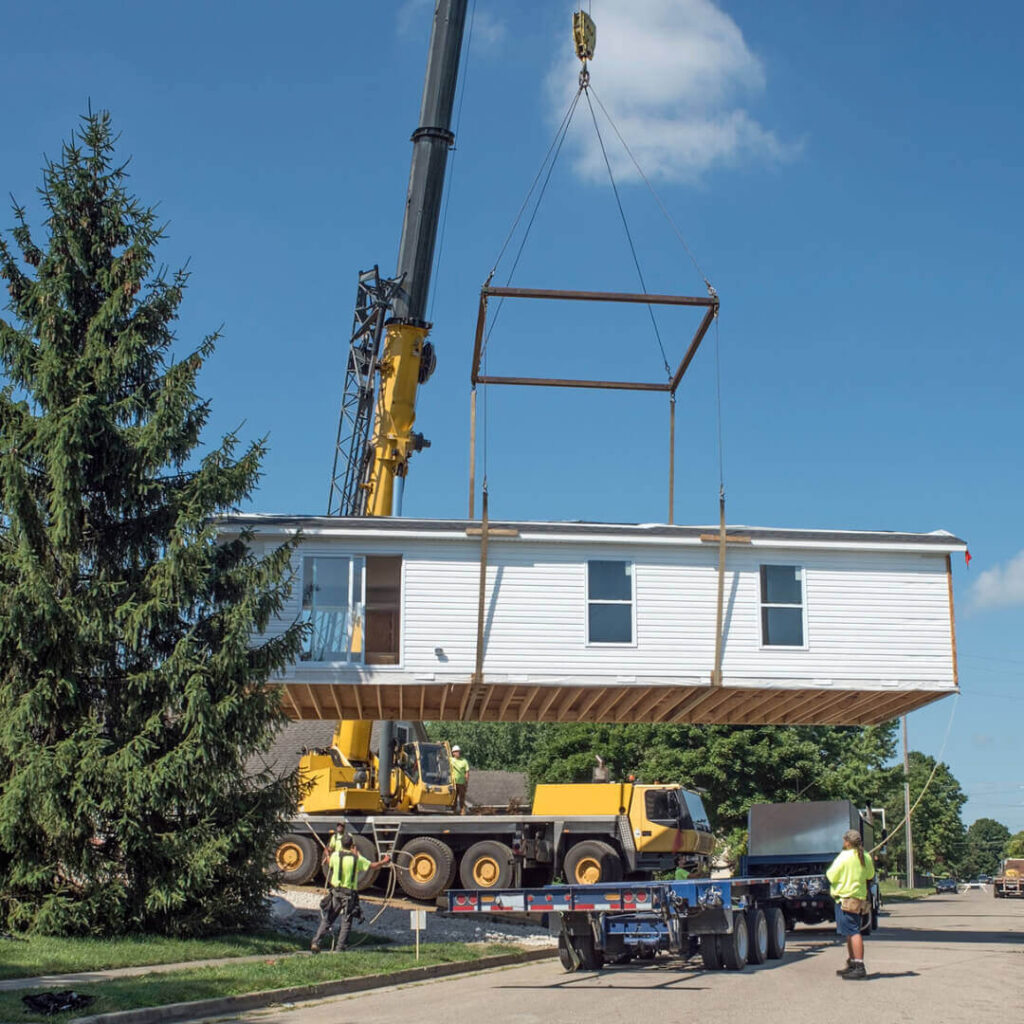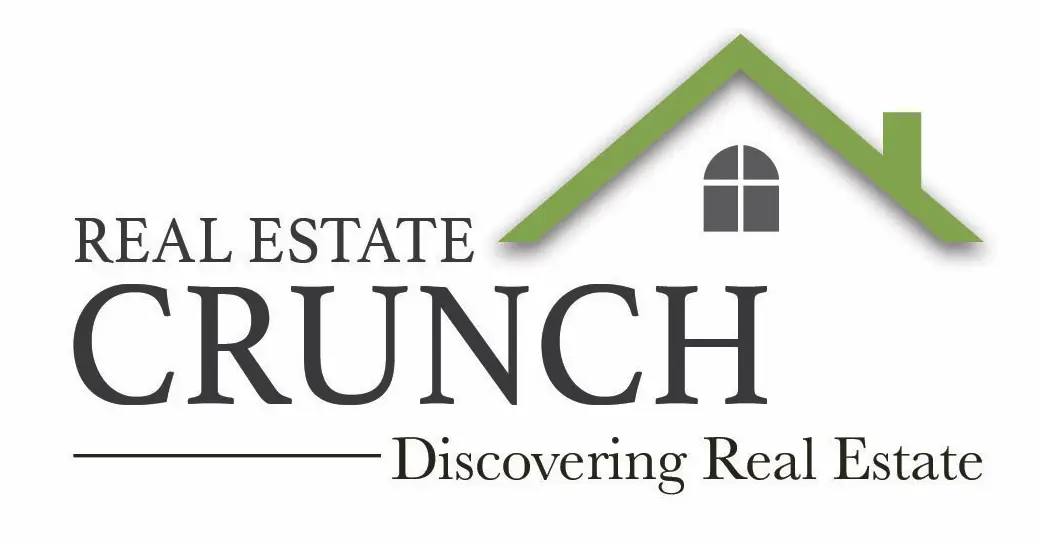Prefab homes are becoming popular for many due to their cost-effectiveness and convenience. Prefab homes are built in factories with standard components and then shipped to their destination, finished or partially finished, ready for assembly onsite.
Prefab homes are the new way of building houses and other buildings. Pre Fab homes are homes built entirely or partly off-site, assembled, and placed on the foundation. This has many advantages to building houses with more advanced technologies and materials. This means that homes can usually be built quicker and cheaper than a standard built home.
Table of Contents
- Definition Of Prefab New Homes That Are Set Up Explained
Definition Of Prefab New Homes That Are Set Up Explained
Prefabricated or prefab homes are built off-site in a factory or manufacturing facility. Unlike traditional stick-built homes, prefab homes are constructed in sections or modules then transported to the building site for assembly.
Building a home in a factory setting can offer several benefits, including lower construction costs, shorter construction times, and improved quality control. Overall, prefab homes help to streamline the home-building process.
Prefab Homes Are Built Off Site
Prefab homes are homes that are built off-site. This is very different from traditionally built homes built entirely onsite.
Some prefab home companies will build the home entirely off-site and then deliver it to the site. Other prefab home companies will build part of the home in the factory and complete construction on-site.
Prefab Homes Are Usually Lower Cost
One advantage of a prefab home is that it is usually cheaper because it is built in a factory setting. For many, this can happen because the manufacturer has less wastage of materials in a factory setting and can take advantage of the economies of scale.
Economies Of Scale And Prefab Homes Manufacturing Explained
The economies of scale principle is a concept that refers to the cost advantages that arise when the production of a product is increased over time. This means that as the production of a product increases, the cost per unit of production decreases.
The reduction in cost per unit of production can be achieved through various means, such as increased efficiency in production, bulk purchasing of materials, or the ability to negotiate better pricing with suppliers.

In the context of prefab homes, the economies of scale principle can be seen in the production process. Because prefab homes are built in a factory setting, production is highly efficient and can be easily scaled to increase production.
As the volume of production increases, the cost per unit of production decreases, resulting in lower overall costs for the builder and the homeowner.
That is why many prefab home manufacturers will use standardized designs and materials in prefab homes to increase further the cost savings achieved through the economies of scale principle. Using standard designs and materials, the builder can use bulk purchasing discounts and negotiate better pricing with suppliers; this can result in significant cost savings passed on to the homeowner.
The economies of scale principle is a cost-saving concept that can be applied to producing prefab homes. By building homes in a factory setting and using standardized designs and materials, builders can take advantage of increased production volumes, resulting in lower overall costs. These cost savings can be passed on to the homeowner, making prefab homes an affordable and efficient housing option.
Prefab Home Manufactures Use Advanced Technology

The construction of prefab homes typically involves using advanced manufacturing techniques and materials that can help ensure the finished product is of high quality. Additionally, the controlled factory environment allows for greater efficiency and precision during construction. This has become one of the advantages of prefab homes in recent years because home manufacturers can use advanced materials and technology.
How Some Prefab Home Manufacturers Use Advanced Technology To Their Advantage
Today’s prefab home manufacturers are utilizing advanced technology to streamline the production process and improve the quality of their products. With the help of computer-aided design (CAD) software, manufacturers can create detailed 3D models of their homes, allowing for more precise construction and faster production times.
These models can also be easily modified and customized to fit the needs and preferences of the homeowner.
In addition to CAD software, many prefab home manufacturers are also utilizing advanced building technologies to improve the energy efficiency of their homes. This includes using insulation, air sealing, and ventilation systems that can help reduce energy costs and minimize the home’s environmental impact.
Many manufacturers also offer energy-efficient appliances and lighting options to reduce energy usage further.
Another way that prefab home manufacturers use technology to their advantage is by implementing automated production processes. By using automated machinery and robotics, manufacturers can improve efficiency and reduce waste during the construction process. This not only helps to lower production costs but also improves the consistency and quality of the finished product.
Many prefab home manufacturers are using technology to improve the customer experience. This includes using virtual reality (VR) technology to allow customers to “virtually walk through” their home before it’s even built. This technology can help customers visualize the finished product and change or adjust the design as needed.
Many prefab manufacturers offer online design tools and interactive 3D models that allow customers to customize their homes to their liking.
One reason prefab homes can be cheaper and more advanced than other homes is that manufacturers leverage advanced technology to improve the production process, enhance the quality of their products, and improve the customer experience.
From CAD software and energy-efficient technologies to automated production processes and VR tools, technology is helping to make prefab homes an increasingly popular and desirable housing option.
Prefab Homes Usually Completed Sooner Than A Traditionally Built Home
One of the most significant advantages of prefab homes over traditionally built homes is the speed of construction. Because prefab homes are built off-site in a controlled factory environment, they can be constructed much faster than onsite ones.
Sometimes, a prefab home can be constructed in weeks, compared to several months for a traditionally built home. But a lot of the time frame will depend on the prefab company and how long their waitlist is.

One reason for this speed of construction is that many of the time-consuming tasks associated with onsite construction, such as framing, electrical, and plumbing work, are done in the factory before the home is transported to the building site. This means that the construction crew on site can focus on tasks such as site preparation, foundation work, and assembly of the home’s pre-built sections. This division of labor allows for greater efficiency and faster construction times.
Another advantage of prefab homes is that they are less affected by weather delays than traditionally built homes. With onsite construction, bad weather can cause significant delays, as construction crews cannot work in rainy or snowy conditions.
In contrast, the factory setting in which prefab homes are built is unaffected by weather conditions, allowing for a more consistent and reliable construction timeline.

All this helps to ensure that it is usually faster to construct prefab homes that are typically less expensive than traditionally built homes. The construction process is highly efficient and can be easily scaled to increase production.
Prefab homes are typically completed much faster than traditionally built homes due to their efficient off-site construction process and advanced technologies.
Many Types Of Prefab Homes On The Market Today
Several prefab homes are available, from simple modular homes to high-end luxury homes. Some prefab homes are designed to be energy-efficient, utilizing the latest in building technologies and materials to help reduce energy costs and minimize environmental impact.
Many prefab homes are also energy efficient and can be entirely off the grid, which means they are completely self-sufficient. Others are said to have built-in qualities such as being fireproof and earthquake-proof.
Many Prefab Home Are Customized
Today many prefab home companies are allowing their homes to be customized. A buyer may choose a floor plan or various floor plans.
Many will also allow the buyer to choose from the outside and inside colors for the countertops and other customizations.
If customization is important to you for your prefab home, you should choose a company that allows for customization.

The prefab home trend is not just limited to residential homes either. Businesses, communities, and other organizations also use this building method for its many benefits.
Prefabricated structures can be designed for various uses, from offices and storage facilities to educational buildings and church centers. The convenience, affordability, and quality of prefab homes make them an excellent quick, and efficient construction option.
We love the concept of prefab housing; this is the market sector we are actively looking at. We believe it can help with the present housing crisis and is a very efficient way to build homes.
Prefab homes are quickly becoming the popular choice for many people looking for an affordable and reliable solution to their housing needs.
Real Estate Crunch gives you real property and real estate information and advice. We offer a free monthly newsletter; you can sign up for our newsletter by clicking here.
We also have a weekly podcast called “Real Estate Crunch,” found on all major podcast platforms. Listen to our podcast by clicking here.
Follow us on our social media platforms – Facebook and Instagram.
Related Question
Prefabricated Housing Trends
As affordable housing continues to be a massive problem in the United States and worldwide, we predict that prefabricated housing will become more critical in the years to come.
By clicking here, you can read more about Prefabricated Housing Trends
Do Modular Homes Come With Electrical And Plumbing?
When you purchase a modular home, all the electrical and plumbing should be included in the cost of the house. The modular home will need to be up to the NEC code or standards for electrical. You need to understand the quality and types of pipes and other fittings in the modular home and the manufacturer’s plumbing use.
By clicking here, you can read more about Do Modular Homes Come With Electrical And Plumbing?


